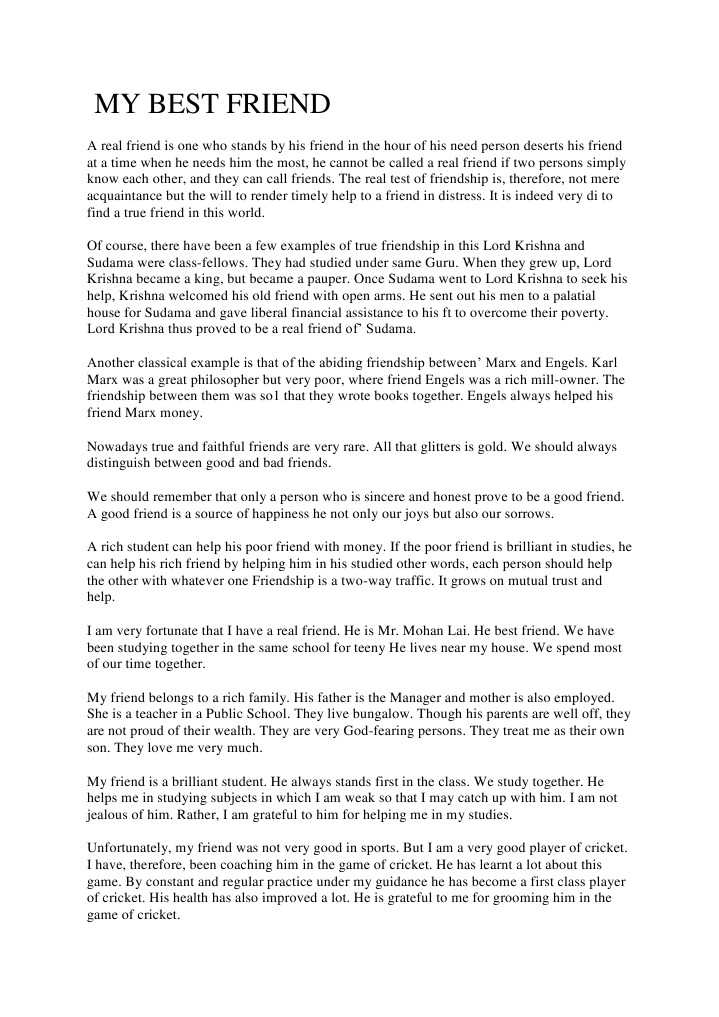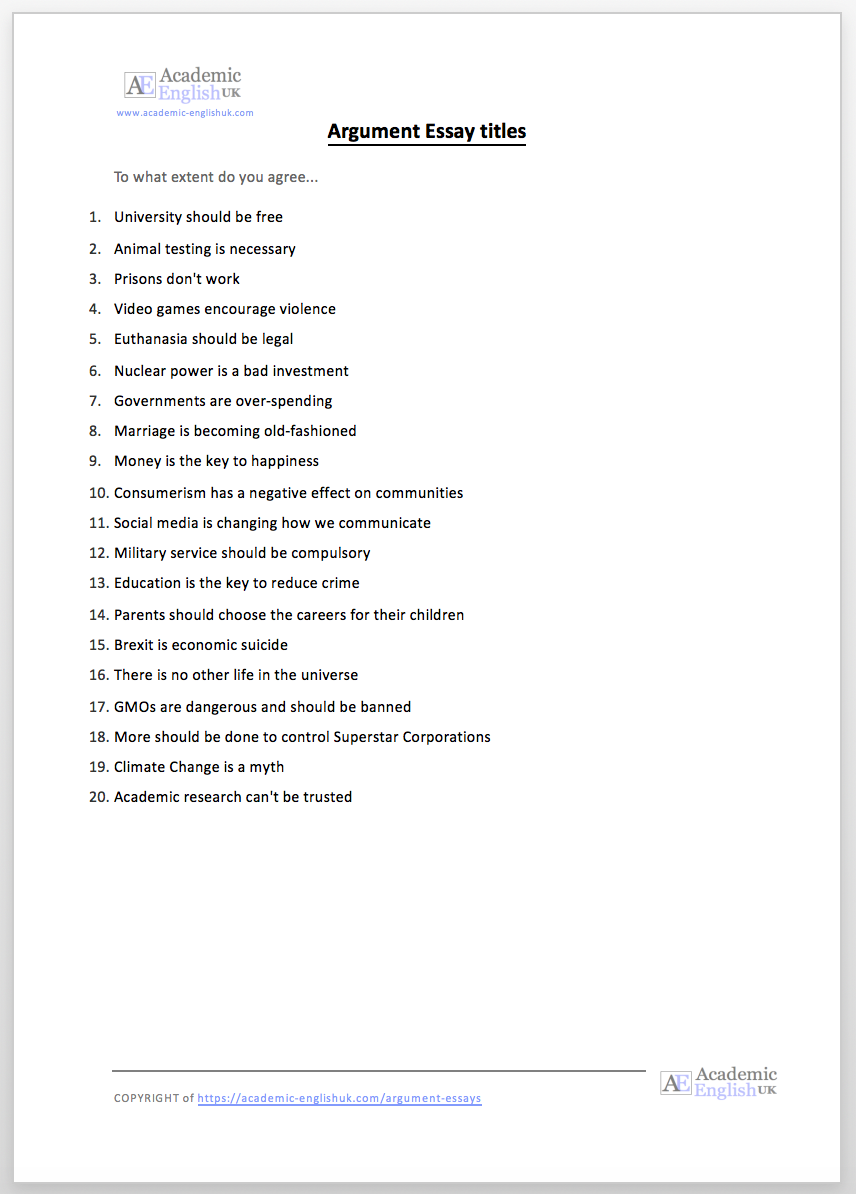
Capitalization in MLA titles
· Titles of longer works are usually italicised. A ‘longer work’ in this case is something presented as a standalone publication. Charles Dickens’ famous novel, for example, would be written as Great Expectations if it were named in an essay. Other examples of longer works that should be italicised include: Books and book-length poems (e.g 2) Titles with exaggerations An exaggeration makes your title bright. The only thing is to stay honest while using it. One can add words: “secrets,” “dire predictions,” “terrifying mystery,” “unbelievable,” etc. Such titles will definitely make your essay stand out among others. 3) Bold titles presenting fresh views In MLA format, your essay’s title should be in title case. That means every principle word— words that aren’t articles, prepositions, coordinating conjunctions, or the word “to” paired with an infinitive—is capitalized. The only exception to this is when one of these words is the first or last word in the essay’s title. Here’s a quick example

How to Come up with a Title for an Essay: Student’s Guide
2 days ago · Titles and Section Headings. The title of a complete work is usually centred near the top of the first page; if possible, it should be printed either in large letters or in boldface, or even in both. It should not be italicized or placed in quotation marks, and it · Titles of longer works are usually italicised. A ‘longer work’ in this case is something presented as a standalone publication. Charles Dickens’ famous novel, for example, would be written as Great Expectations if it were named in an essay. Other examples of longer works that should be italicised include: Books and book-length poems (e.g · If the source used is part of a larger work, for example, a chapter or essay, the title should be placed in quotation marks and this title should be followed by a period in the end. It is then followed by the title of the larger work in italics, and a comma at the end. For example: Langer, A.J., “Lessons in Friendships.”

Quick Navigation
2 days ago · Titles and Section Headings. The title of a complete work is usually centred near the top of the first page; if possible, it should be printed either in large letters or in boldface, or even in both. It should not be italicized or placed in quotation marks, and it 2) Titles with exaggerations An exaggeration makes your title bright. The only thing is to stay honest while using it. One can add words: “secrets,” “dire predictions,” “terrifying mystery,” “unbelievable,” etc. Such titles will definitely make your essay stand out among others. 3) Bold titles presenting fresh views · If the source used is part of a larger work, for example, a chapter or essay, the title should be placed in quotation marks and this title should be followed by a period in the end. It is then followed by the title of the larger work in italics, and a comma at the end. For example: Langer, A.J., “Lessons in Friendships.”

How to Choose a Good Title for an Essay and Why Is It Important?
· If the source used is part of a larger work, for example, a chapter or essay, the title should be placed in quotation marks and this title should be followed by a period in the end. It is then followed by the title of the larger work in italics, and a comma at the end. For example: Langer, A.J., “Lessons in Friendships.” · Titles of longer works are usually italicised. A ‘longer work’ in this case is something presented as a standalone publication. Charles Dickens’ famous novel, for example, would be written as Great Expectations if it were named in an essay. Other examples of longer works that should be italicised include: Books and book-length poems (e.g Your title can feature a quote or a portion of it about the specific essay topic you’re writing about. If appropriate and relevant to the subject, even a part of song lyric can serve the same purpose. In instances when your essay is about a book, you can take a fragment of a thought-provoking quote from the book

Table of contents
2) Titles with exaggerations An exaggeration makes your title bright. The only thing is to stay honest while using it. One can add words: “secrets,” “dire predictions,” “terrifying mystery,” “unbelievable,” etc. Such titles will definitely make your essay stand out among others. 3) Bold titles presenting fresh views In MLA format, your essay’s title should be in title case. That means every principle word— words that aren’t articles, prepositions, coordinating conjunctions, or the word “to” paired with an infinitive—is capitalized. The only exception to this is when one of these words is the first or last word in the essay’s title. Here’s a quick example · If the source used is part of a larger work, for example, a chapter or essay, the title should be placed in quotation marks and this title should be followed by a period in the end. It is then followed by the title of the larger work in italics, and a comma at the end. For example: Langer, A.J., “Lessons in Friendships.”
No comments:
Post a Comment